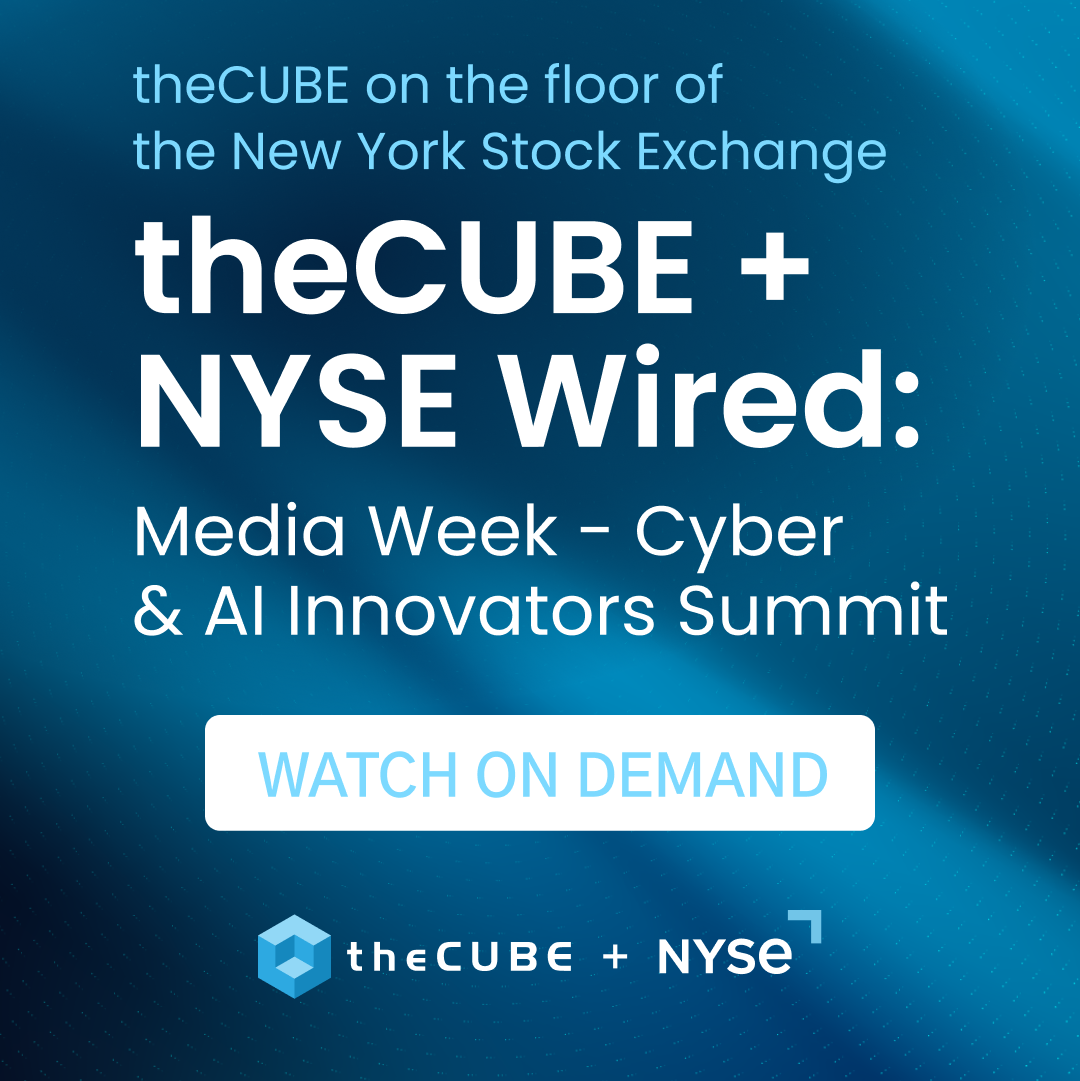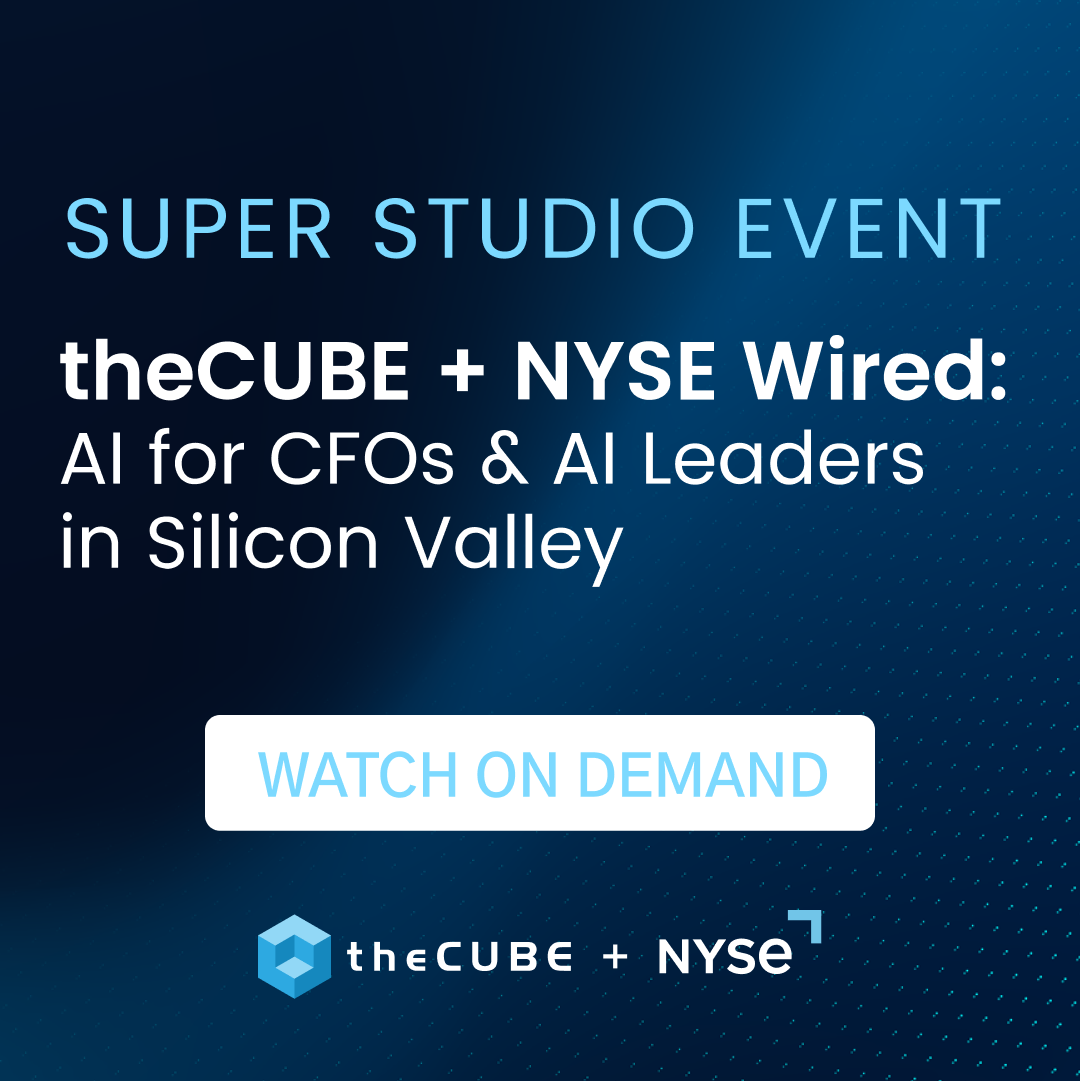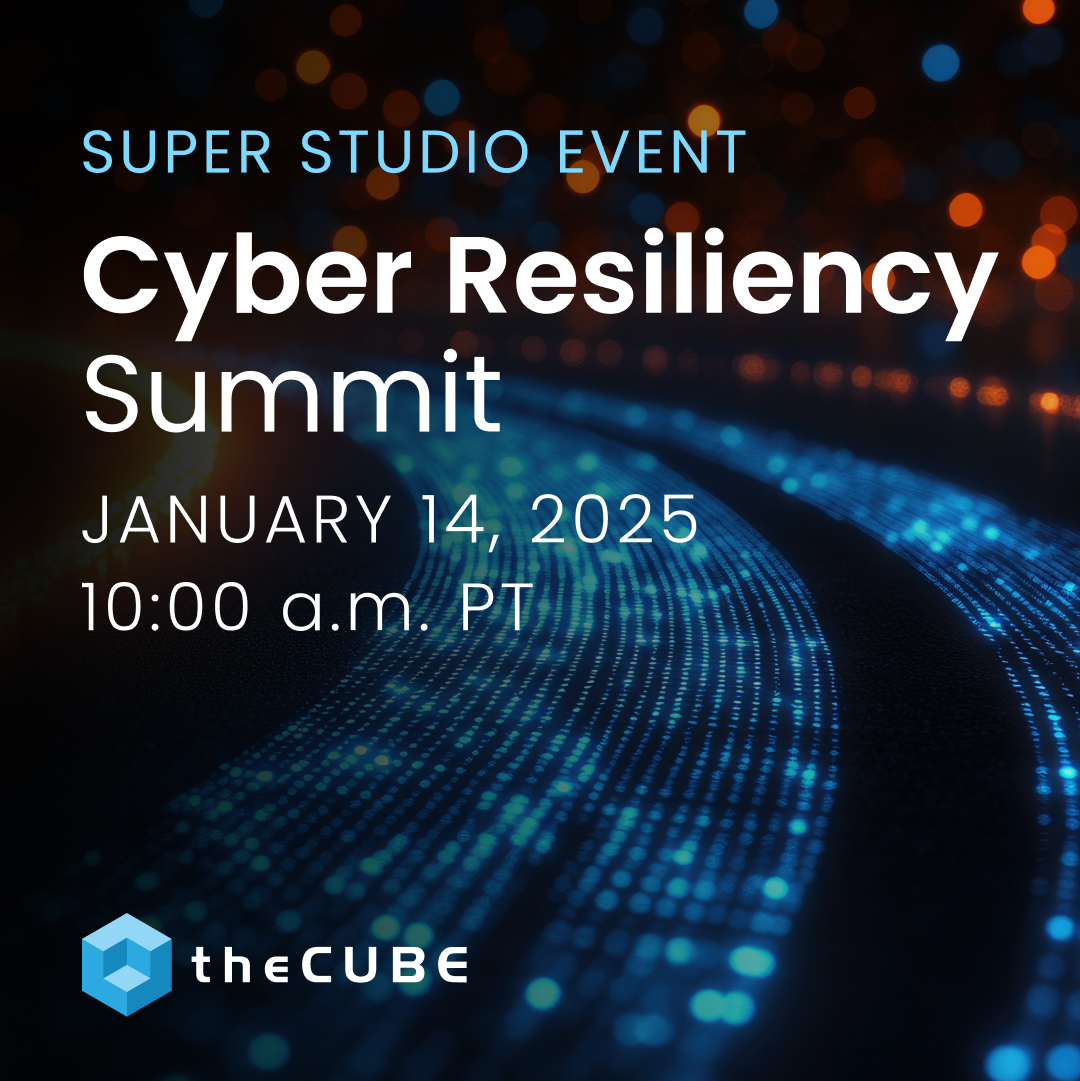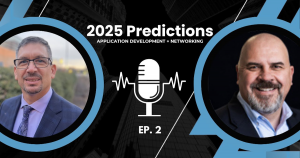Memo to SXSW Startups: Keep Your Sales Model Simple
There’s plenty of technical know-how on display at this week’s South By Southwest (SXSW) conference in Austin, Texas. But just because some of the apps and services look very cool doesn’t mean that it’s going to translate into commercial success. I’d point SXSW exhibitors looking to make it big at a recent blog entry by financial startup Simple’s CTO Alex Payne.
That blog entry, entitled “How Not To Sell Software in 2012,” is the product of Payne’s frustration with the state of commercial software (Simple is largely built on open source products). “Mostly, we don’t end up buying it. A big reason why is the incredibly time-consuming, aggravating sales process that most commercial enterprise (that is, non-consumer) software vendors insist on,” Payne writes.
See, many vendors require that you at least sit through a sales call, if not the dreaded webinar, before you can hand over your money.
That’s horribly inefficient, Payne says – in an age of app stores, self-service portals and free trials, software developers should make it as easy as possible for the customer to discover your product, learn about it, and yes, try it out. Similarly, the key features of your product shouldn’t be buried in a whitepaper or a PDF or under a pile of Flash. You shouldn’t have to give any contact information until you’re ready to hand over some cash. You need some kind of method for users to talk to technical people. Accept credit cards, PayPal, Google Checkout, Amazon Payments…however your customers want to give you money, you shoule be ready to take it. No cold calls or spam – your product should speak for itself.
It may sound like common sense. But as Payne notes, today’s startup is tomorrow’s enterprise, and it’s easy to give the beancounters and the salespeople the keys to the kingdom. But if your product is really that great, it shouldn’t need any kind of intermediary steps between the customer expressing interest and being able to take it for a test run.
Payne gives a long list of both positive and negative examples: Google Apps has its shortcomings, but overall provides a positive experience (“their dashboard is a mess and their customer service is abominable, but pricing is straightforward and you can get started immediately.”); Metamarkets provides good information but anything beyond what’s on the site requires the usage of a contact form that Payne never heard back from.
“I want to give you my money. Your sales process may be a bigger barrier to you getting my money than your competitors. Please join us in the year 2012, where software is available instantly and transparently priced and the word ‘webinar’ is only used ironically,” Payne writes in conclusion.
Services Angle
Okay, so Payne’s language is fairly confrontational. But his points stand: If you’re providing a service of any kind, you need to provide as few barriers to getting a new customer as possible. To Payne, Amazon Web Services is the ultimate example. You pop in your credit card information and get the computing resources you need, with no salesperson intervention required. No muss, no fuss. Food for thought – especially if you’re a startup trying to make a splash.
A message from John Furrier, co-founder of SiliconANGLE:
Your vote of support is important to us and it helps us keep the content FREE.
One click below supports our mission to provide free, deep, and relevant content.
Join our community on YouTube
Join the community that includes more than 15,000 #CubeAlumni experts, including Amazon.com CEO Andy Jassy, Dell Technologies founder and CEO Michael Dell, Intel CEO Pat Gelsinger, and many more luminaries and experts.
THANK YOU













